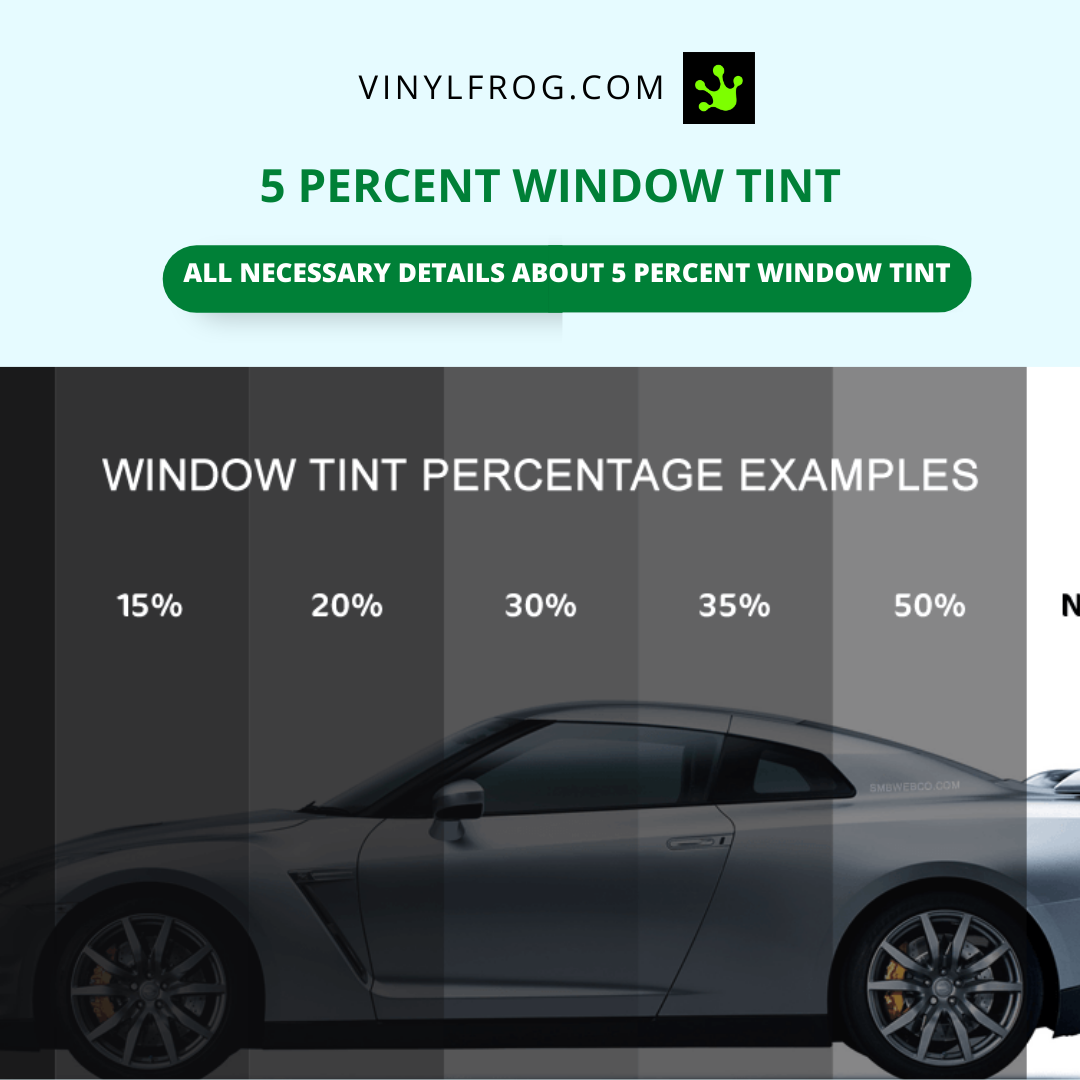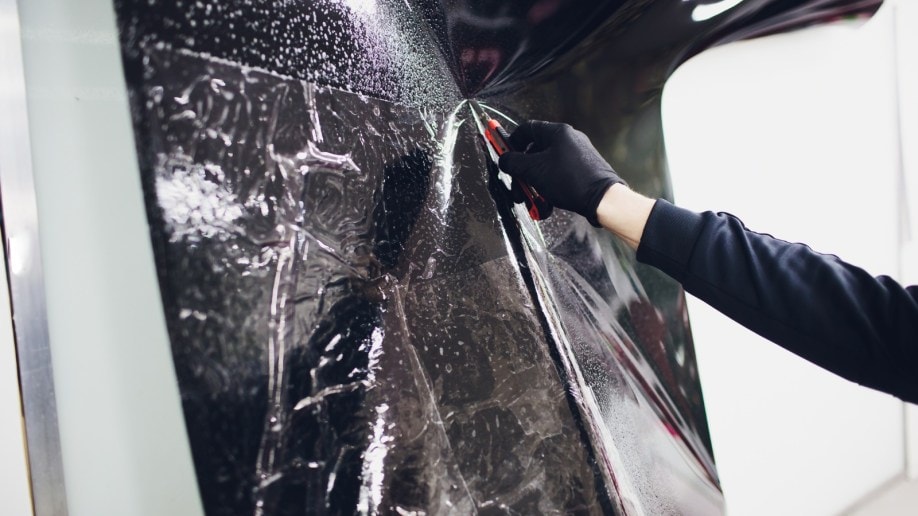Vehicle Window Tinting: Discover the Best Offers and High Quality Services Nearby
Vehicle Window Tinting: Discover the Best Offers and High Quality Services Nearby
Blog Article
Window Tinting Regulations and Guidelines: What You Required to Know Before Tinting Your Vehicle
Prior to waging window tinting for your lorry, it is crucial to acquaint yourself with the diverse legislations and guidelines that control this technique throughout various states. These policies determine the allowable degrees of color darkness, frequently measured by visible light transmission (VLT) percents, and consist of details specifications for front windscreens targeted at guaranteeing roadway safety and security. In addition, certain territories may offer medical exemptions for people with certifying problems. Comprehending these intricacies can save you from potential lawful ramifications, yet what are the certain regulations in your state?
Review of Window Tinting Laws
Home window tinting legislations are regularly based on variant throughout various jurisdictions, showing local policies and safety factors to consider. These legislations determine the permitted levels of tint darkness and reflectiveness on lorry windows, guaranteeing that motorists maintain ample visibility while additionally protecting versus damaging UV rays and warmth.
The majority of regulations classify home window tinting based on the Visible Light Transmission (VLT) portion, which indicates the amount of light that can travel through the home window. Typically, reduced VLT percents signify darker tints. Laws often differentiate in between the front, side, and back home windows, with stricter limitations related to the front windscreen to boost safety for both the vehicle driver and various other road customers.
Conformity with window tinting regulations is vital, as infractions can result in fines, required removal of the tint, and possible increases in insurance policy premiums. It is essential for automobile proprietors to acquaint themselves with regional laws prior to continuing with home window tinting installments.
State-by-State Tint Regulations
Understanding the details home window tinting laws in each state is vital for vehicle owners looking for to abide by the regulation. Each state in the united state has established its very own set of rules regulating window tinting, which can differ significantly. These policies typically determine the allowable degrees of tint darkness, the sorts of windows that can be tinted, and any kind of clinical exceptions that might apply.
As an example, states like The golden state have stringent constraints on color darkness for front home windows, while others, such as New Mexico, might enable darker colors. In addition, specific states mandate details visibility portions for different windows, consisting of the windscreen, front side home windows, and rear home windows. It is vital for auto proprietors to familiarize themselves with their state's laws to stay clear of potential fines or penalties.
Moreover, some states may need a certification sticker label to be positioned on colored home windows, indicating conformity with state regulations. Failing to stick to these regulations not only takes the chance of lawful effects but can likewise influence safety and visibility while driving. Therefore, lorry proprietors ought to perform comprehensive research study or get in touch with local authorities to make certain full understanding and compliance with state-by-state tint laws.
Allowed Tint Degrees and Types
Many automobile owners might be surprised to discover that enabled color degrees and kinds differ commonly across various states. Each state has actually developed its own guidelines relating to the allowable darkness and reflectivity of window color, typically determined by Visible Light Transmission (VLT) percentages. VLT refers to the quantity of light that can travel through the tinted home windows; therefore, a lower percent shows a darker tint.

In addition, the types of tint materials allowed can vary, with some states restricting metallic or mirror-like finishes. It is crucial for car owners to acquaint themselves with their state's particular laws to guarantee conformity. Non-compliance can lead to penalties, necessary removal of the color, or other lawful effects, making it necessary to comprehend these laws prior to continuing with setup.
Medical Exceptions for Tinting
While not all states supply allocations for clinical exceptions relating to home window tinting, those that do identify the requirement for particular individuals to enhance exposure and convenience because of clinical conditions. Different clinical problems, such as lupus, skin cancer, and certain eye conditions, can make people particularly conscious sunlight. Subsequently, these people might need darker tints to secure themselves from hazardous UV rays and glare.

It is essential to keep in mind that despite a clinical exemption, there may still be limitations on the level find out here of color allowed. Conformity with state laws guarantees that people are both safeguarded and within lawful restrictions. Those considering clinical exemptions should call their local Department of Electric motor Automobiles or equivalent authority to recognize the procedures and requirements needed to look for an exception efficiently.
Fines for Non-Compliance
Stopping working to follow window tinting regulations can result in significant charges, which differ by state. Police are empowered to issue citations for vehicles that do not stick to the defined tinting laws. These penalties typically include fines, which can range from moderate amounts to a number of hundred see dollars, relying on the seriousness of the offense and the state in concern.
In some jurisdictions, duplicated offenses might cause rising fines or added charges, such as compulsory court appearances. Non-compliance may require the elimination of unlawful tinting, frequently at the owner's cost. In extreme instances, regular transgressors might encounter suspension of their lorry enrollment till conformity is achieved.
Additionally, insurance coverage ramifications may occur from getting multiple citations for window color offenses. Insurance firms may view such offenses as an indicator of riskier behavior, potentially causing raised premiums or trouble in insurance coverage.
To prevent these penalties, it is important for lorry proprietors to acquaint themselves with their regional home window tinting regulations and make certain that their car complies (Window Tinting). This positive approach not just prevents lawful ramifications but additionally advertises road security
Verdict

Many guidelines identify window tinting based on the Visible Light Transmission (VLT) portion, which suggests the quantity of light that can pass with the home window. Conformity with home window tinting regulations is vital, as offenses can result in fines, mandatory removal of the color, and possible increases in insurance policy costs.Comprehending the particular window tinting her latest blog policies in each state is vital for car proprietors seeking to abide with the regulation. These policies often dictate the allowed levels of tint darkness, the types of windows that can be tinted, and any medical exemptions that may use.
For instance, states like The golden state have rigorous restrictions on tint darkness for front windows, while others, such as New Mexico, might permit darker colors.
Report this page